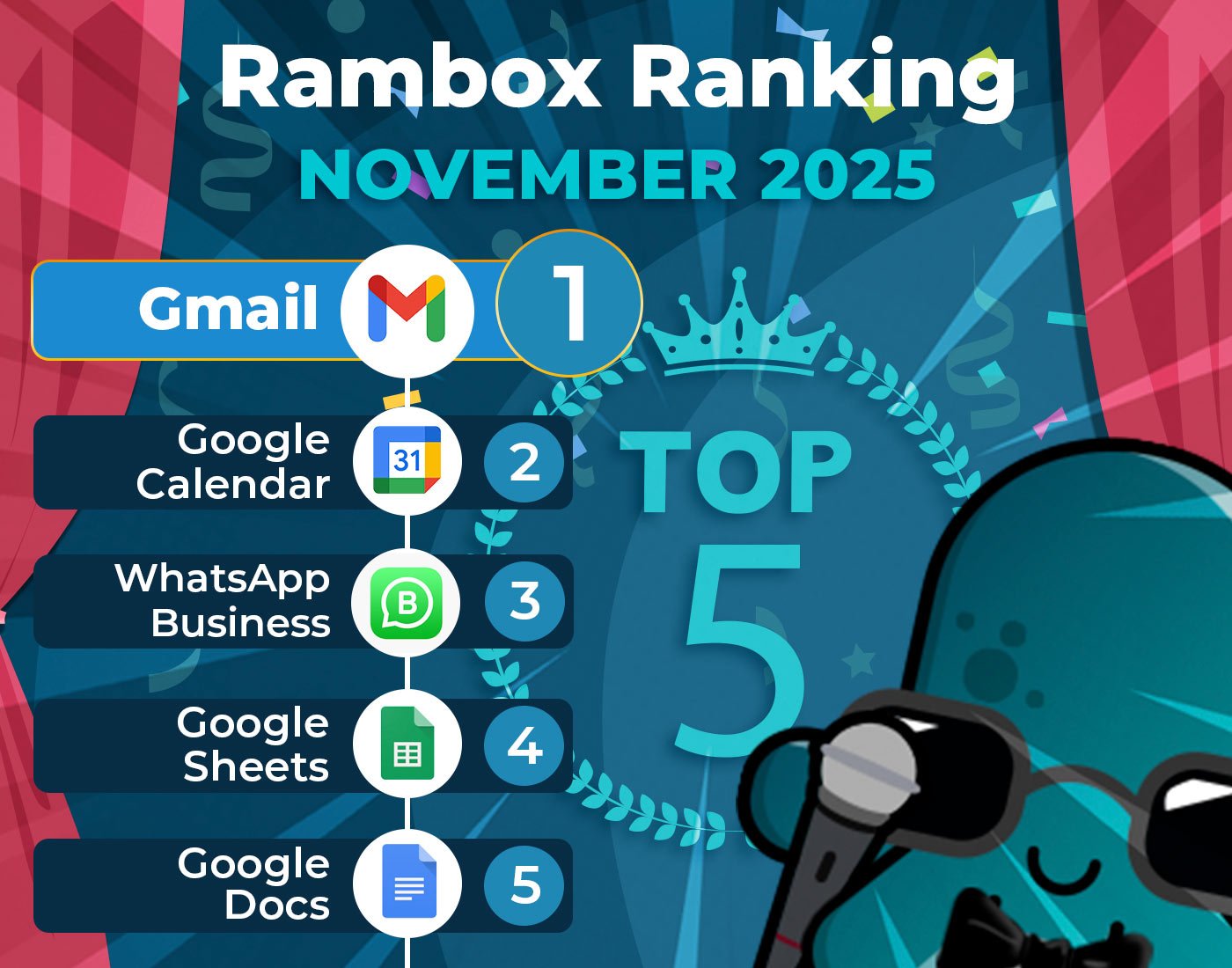Imagine having project management collaboration tools that facilitate and elevate this communication process. These tools exist, and we’ll provide you with all the relevant information about them. We aim to empower you to make informed decisions that align with your needs.
Ready to discover the tools that can take your project communication to the next level?
Contents
The role of communication in project management
Effective communication transcends mere information exchange, serving as the lifeblood that sustains project teams. Imagine a project without clear communication – it would be akin to navigating through a maze blindfolded.
Communication in project management is the thread that weaves individual efforts into a cohesive tapestry. It’s not just about talking; it’s about ensuring that every team member understands their role, the project objectives, and how their contributions fit into the larger picture.
Clear communication is a preventive measure against misunderstandings, reducing the risk of errors and conflicts. It aligns everyone with the project’s goals, timelines, and expectations, fostering a collaborative environment where ideas flow freely and everyone is on the same page.
Top 5 project management collaboration tools
Now, let’s shift our focus to the practical side of enhancing communication in project management – collaboration tools. These digital companions streamline teamwork, boost efficiency, and foster a cohesive working environment. We’ll delve into each tool’s unique features, explore their advantages and drawbacks, and shed light on their pricing structures.
Basecamp
Basecamp distinguishes itself as more than a conventional project management tool; it stands out as a streamlined solution with a singular focus on simplifying and integrating essential project elements. The platform is meticulously crafted to provide users with an organized, user-friendly experience, emphasizing clarity and efficiency.
Features and capabilities
When it comes to collaboration features, Basecamp offers several tools that elevate the project management experience:
- Real-time group chat: Using a built-in real-time group chat feature, Basecamp provides teams with a swift and efficient discussion platform.
- Project scheduling: With the Schedule feature, Basecamp enhances project planning by displaying dated to-dos, deadlines, milestones, and relevant events in a visually intuitive manner.
- Automated check-ins: Basecamp facilitates regular team check-ins by automating the process, ensuring that crucial updates and insights are consistently captured.
- Visual workflow with card table: The Card Table feature introduces a unique take on Kanban, improving workflow management practically and surprisingly.
- Big picture view with the lineup: The Lineup feature offers users a comprehensive overview of projects, from their start date to their conclusion, providing a clear bird’s eye view.
Pros and cons
|
Pros |
Cons |
| Users consistently report significantly enhanced communication, leading to meeting deadlines more smoothly and with reduced drama. | Some users may experience a learning curve as they adapt to the features and functionalities of Basecamp. |
| Basecamp’s “All-Access” feature fosters seamless collaboration, allowing anyone within the Basecamp account to see and join projects effortlessly. This inclusivity enhances teamwork and project cohesiveness. | While Basecamp excels in simplicity, some users may find certain advanced project management features lacking compared to more specialized tools. |
| The visual representation of workflows through features like Card Table and The Lineup provides a clear and intuitive understanding of project progress. | Basecamp’s simplicity can be limiting for users who require extensive customization options for their project workflows. |
| The Messages feature replaces scattered project emails, providing a centralized space for substantial discussions, fostering collaboration and reducing communication clutter. | Users who heavily rely on specific third-party integrations might find limitations in integrating those tools seamlessly with Basecamp. |
Pricing
Basecamp has two pricing plans:
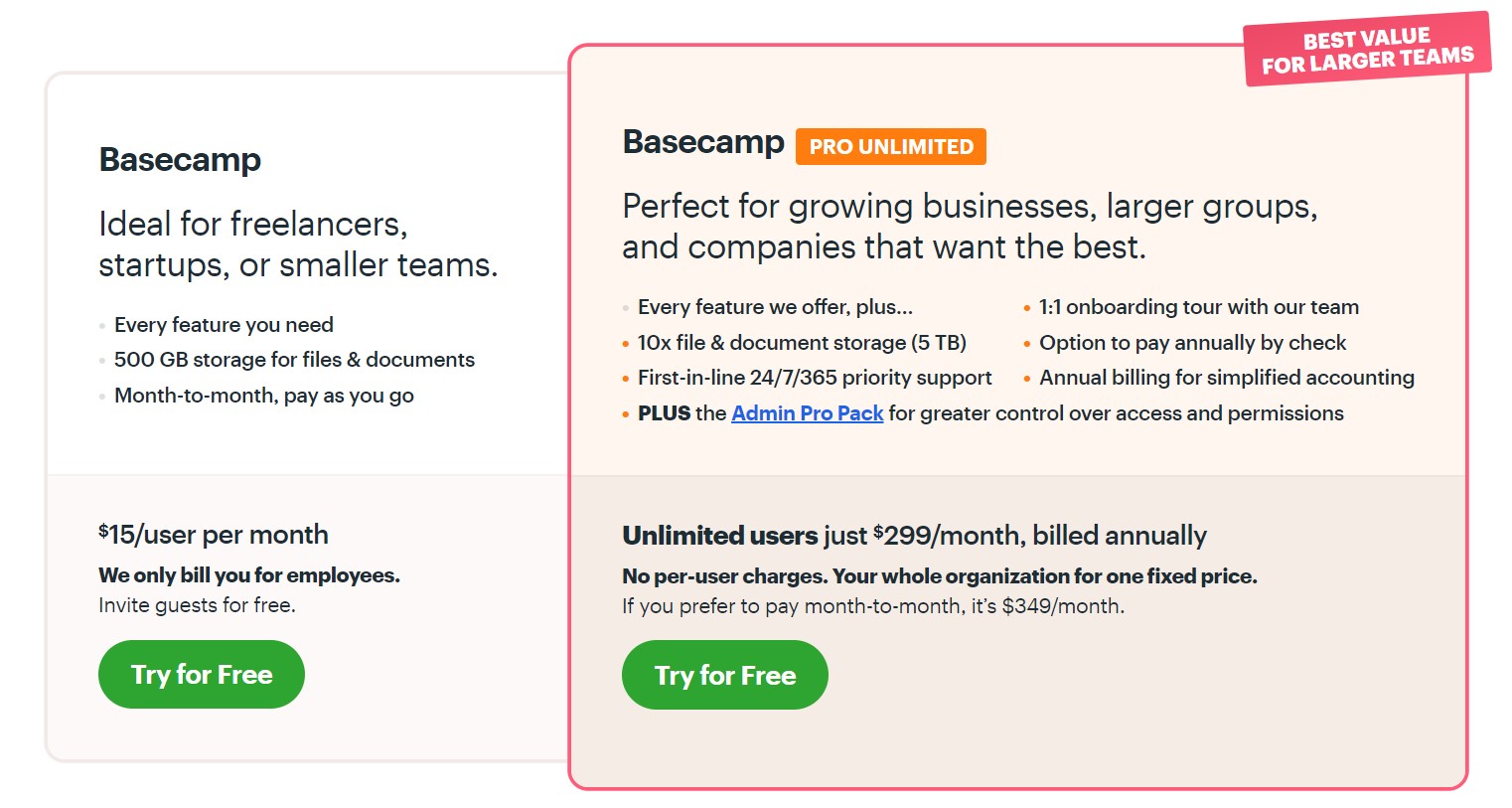
Asana
Asana is a leading project management tool, offering teams a centralized platform to streamline project and task management. Focused on collaboration, organization, and efficiency, Asana ensures that teams stay on course, effectively meeting their project goals. The platform’s clean and intuitive interface is designed for simplicity, providing users with a seamless project management experience.
Features and capabilities
Asana incorporates comprehensive features designed to enhance project management and team collaboration.
- Task management: Asana offers robust capabilities for efficiently creating, assigning, and organizing tasks. This feature allows users to set due dates, add descriptions, attach files, and monitor task progress.
- Project planning: With Asana, users can effectively plan and organize projects by creating timelines, setting milestones, defining goals, and allocating resources. This feature ensures smooth project execution and goal attainment.
- Collaboration: Asana fosters seamless collaboration among team members by providing tools for task-specific communication, comments, @mentions, and file sharing. This promotes effective teamwork and communication within the platform.
- Kanban boards: Visualize and manage workflows using Asana’s Kanban boards. This feature enables teams to track tasks through different stages, prioritize work, and ensure efficient task progression.
- Timeline view: Asana’s timeline view visually represents project deadlines, milestones, and task dependencies. This aids in project planning, resource allocation, and effective management of project timelines.
- Reporting and analytics: Asana provides reporting and analytics features to gain insights into project progress, team productivity, and task completion. Users can generate visual reports, track key metrics, and make data-driven decisions.
- File attachments: Users can attach files and documents directly to tasks in Asana, streamlining document sharing and providing context for tasks.
- Workload management: Asana offers workload management capabilities, effectively balancing team members’ workloads. Tasks can be assigned based on availability and capacity, preventing resource overloading or underutilizing.
- Integrations: Asana seamlessly integrates with various third-party apps and services, including communication tools like Slack and file storage services like Google Drive. This ensures a cohesive workflow by connecting Asana with other essential tools
Pros and cons
|
Pros |
Cons |
| Asana excels in task management, offering features for efficient task creation, assignment, and progress tracking. | Some users may experience a learning curve, particularly when adapting to the various features and functionalities of Asana. |
| Asana provides tools for project planning, enabling users to create timelines, set milestones, define goals, and allocate resources for seamless project execution. | While Asana is feature-rich, some users may find certain advanced project management features lacking when compared to more specialized tools. |
| Asana promotes seamless collaboration with communication tools, comments, @mentions, and file sharing, fostering effective teamwork and communication among team members. | The simplicity of Asana’s interface may be limiting for users who require extensive customization options for their project workflows. |
| The Kanban boards and Timeline view allow users to visualize and manage workflows effectively, track tasks through stages, and ensure efficient task progression. | While Asana integrates with various third-party apps, users may encounter challenges with integrating specific tools seamlessly. |
| Asana offers reporting and analytics features for gaining insights into project progress, team productivity, and task completion, facilitating data-driven decision-making. | Users with complex project workflows may find Asana’s simplicity restrictive when compared to more advanced project management tools. |
| Users can attach files directly to tasks in Asana, simplifying document sharing and providing context for tasks. | |
| Asana’s workload management capabilities allow effective balancing of team members’ workloads, preventing overloading or underutilization of resources. | |
| Asana seamlessly integrates with a wide range of third-party apps and services, enhancing overall workflow efficiency. |
Pricing
Asana offers different pricing plans to cater to various needs.
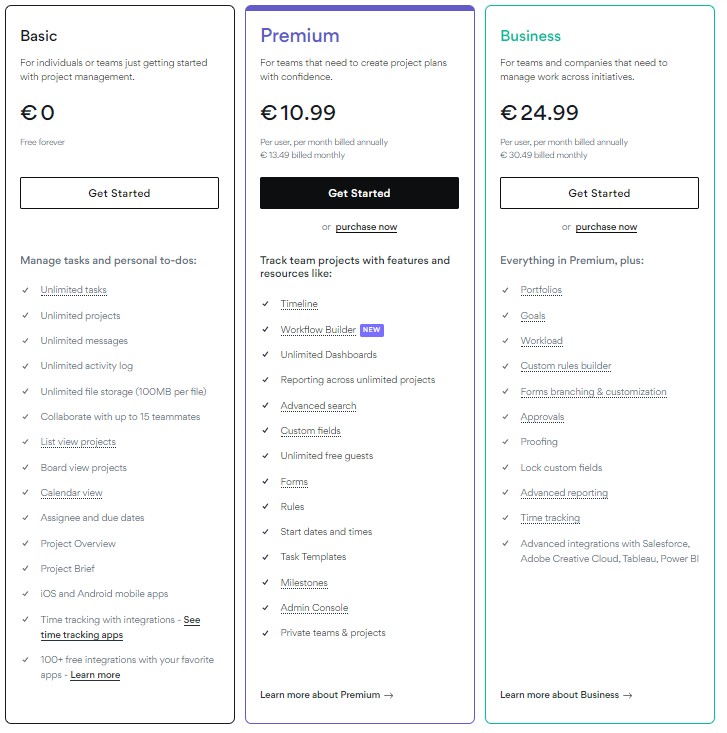
If you’re not sure if Asana is the best option for you, checking out how it compares to other collaboration tools can help. Take a look at our comparisons: Asana vs Monday to see which project management tool works better for your needs, Asana vs Notion to find out which one fits your workflow best, and Notion vs Todoist to see which collaboration app is the right choice for you.
Monday
Monday is a formidable contender in project management tools, aiming to streamline collaboration through visual and customizable workflows. Recognized as one of Asana’s principal competitors, Monday strongly emphasizes visually representing tasks and projects, providing teams with a flexible and adaptable platform.
Features and capabilities
Monday provides a host of features and functionalities designed to simplify project management and enhance team collaboration:
- Dashboards: Monday facilitates decision-making with dashboards, offering real-time insights for visualizing projects and critical metrics, ensuring efficient progress tracking.
- Integration: Streamline workflows by keeping all business tools in one place through Monday’s integrations. Connect and sync favorite apps and services for enhanced efficiency.
- Automation: Boost productivity by saving time with Monday’s automation features. Automate routine tasks, notifications, and updates for a more streamlined workflow.
- Gantt: Visualize project milestones and dependencies with Monday’s Gantt charts. Efficiently plan and manage project timelines to ensure smooth execution.
- Kanban: Balance tasks and demands based on capacity using Monday’s Kanban boards. Effortlessly organize and manage workflows visually, progressing tasks through different stages.
- Docs: Collaborate in real-time using Monday’s document feature. Turn words into workflows, creating, editing, and sharing documents within the platform.
- Files: Enhance task context by attaching any file type to tasks on Monday. Share documents, images, and other relevant files with your team, providing necessary information and context.
- Forms: Manage work requests efficiently with Monday’s forms. Create custom forms to collect and organize work requests, ensuring all necessary information is captured seamlessly.
Pros and cons
|
Pros |
Cons |
| Simplifies project management with customizable visual workflows. | May require time for full adoption. |
| Provides real-time insights through visual dashboards. | Can be considered relatively expensive. |
| Streamlines workflows by integrating with various apps. | Some advanced customization options are limited. |
| Boosts productivity with automated task features. | Requires internet for full functionality. |
| Visualizes project milestones and timelines. | Some advanced features are lacking. |
| Balances tasks and workflows visually. | Some limitations in document collaboration. |
| Facilitates real-time collaboration on documents. | Some users report performance issues on the mobile app. |
| Efficiently manages files and work request forms. |
Pricing
Monday offers five different pricing plans.
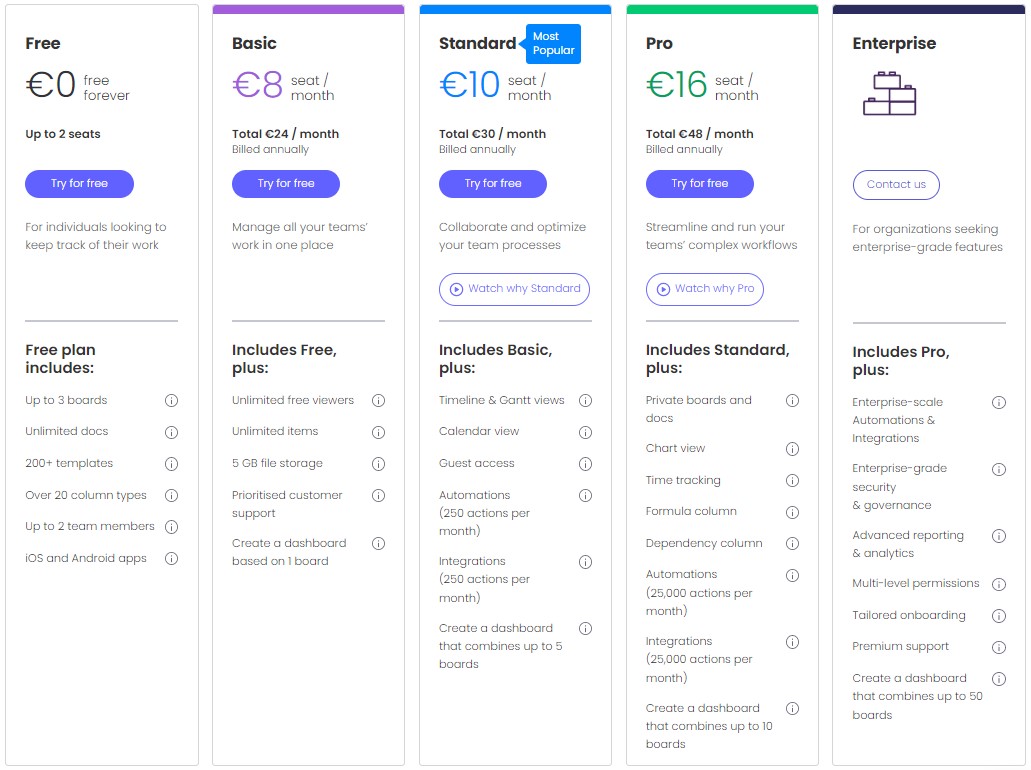
Zoho
Zoho Office Suite, developed by Zoho Corporation, is a collection of office tools designed to foster collaboration, enhance productivity, and leverage cloud computing technology. This suite enables users to access their documents and projects seamlessly from any location, with automatic cloud-based storage ensuring quick accessibility. Integrated with various Zoho-developed tools, such as CRM and Zoho Sign, it also supports third-party applications, allowing the import of documents from popular platforms like Microsoft Office.
Features and capabilities
Let’s explore the key features that make Zoho an effective solution for collaborative work environments:
- Writer, Sheet, Show, and Notebook: Text editors are designed to extend the collaborative process within a project.
- Message threads and chat groups: Facilitates discussions within documents, ensuring quick information access and easy organization of comments and ideas.
- Intelligent assistant: Enhanced writing in Writer, assisting in finding grammatical errors and inconsistencies. Data analysis in Sheet, aiding in improving decision-making. Helpful in note-taking, drawing references, and performing online searches.
- Unified user directory: Simplifies user and file management for global teams
Pros and cons
|
Pros |
Cons |
| Documents are accessible from anywhere, ensuring flexibility. | Some features may require time for users to fully grasp. |
| Seamless integration with Zoho’s CRM and Sign for enhanced functionality. | While it supports third-party tools, some integrations may be limited. |
| Text editors designed to enhance collaborative project processes. | The range of plans may be overwhelming for some users. |
| Offers an intelligent assistant for writing enhancement and data analysis. | Comprehensive features may require a subscription, making it less accessible for some users. |
Pricing
Zoho has four paid plans options.

Slack
Slack is a leading online communication application tailored for work teams seeking real-time collaboration on projects and tasks. The app facilitates instant messaging, file sharing, audio and video calls, and group collaboration through channels and discussion groups. Slack proves instrumental for organizations aiming to keep teams connected and updated on project progress.
Features and capabilities
Let’s explore the key features that empower teams on Slack:
- Channels: Slack allows users to create channels for specific topics, simplifying the organization and retrieval of pertinent information.
- Integrations: Slack enables task automation and efficient information sharing by seamlessly integrating with numerous apps and services.
- Instant messaging: Offering a swift and efficient instant messaging platform, Slack allows users to send messages to individuals and groups promptly.
- Video conferencing: Slack facilitates quick and easy video and audio calls for individual and group discussions.
- File sharing: Users can swiftly and securely share files and documents within the Slack platform.
- Advanced search: Slack provides an advanced search feature, enabling users to quickly locate relevant information within shared messages and files.
- Advanced security: With a commitment to security, Slack incorporates advanced features like two-factor authentication and end-to-end encryption to safeguard shared data and information.
Pros and cons
| Pros | Cons |
| Slack’s channel feature enhances organization by allowing users to create channels for specific topics, streamlining communication and information retrieval. | It’s feature-rich environment may pose a learning curve for new users, requiring time to familiarize themselves with all functionalities. |
| The ability to integrate with numerous apps and services enhances workflow efficiency by automating tasks and facilitating seamless information sharing. | The free version restricts message history, which could be a drawback for teams requiring extensive message archives for reference. |
| Slack’s instant messaging platform enables users to send messages to individuals and groups rapidly and efficiently. | Real-time notifications in Slack might become overwhelming for users receiving a high volume of messages, potentially affecting focus and productivity. |
| It’s video and audio call feature allows users to conduct meetings with individuals and groups easily and efficiently. | While Slack offers file-sharing capabilities, improvements in the intuitiveness of the file management system could enhance user experience. |
| Slack provides advanced security features, including two-factor authentication and end-to-end encryption, ensuring secure file sharing. | Some users may find Slack’s pricing plans relatively higher compared to other collaboration tools in the market, impacting budget considerations. |
Pricing
Slack has different payment plan options to suit the needs of your teams and your company. They are as follows:

Choosing the right collaboration tool: A guide for different teams and organizations
Selecting the most suitable collaboration tool depends on various factors, including the nature of the work, team size, and specific project requirements.
For large enterprises with international teams: Asana
Asana’s scalability and comprehensive project management features make it an excellent choice for large enterprises with diverse teams and complex projects. Its ability to handle multiple projects concurrently and facilitate collaboration across international teams is a key strength.
For creative agencies emphasizing visual workflows: Monday
Monday’s visual project management tools, Kanban boards, and creative project planning features cater to the needs of design agencies and creative teams. Its emphasis on graphical representation helps streamline collaboration in visually oriented projects.
For streamlined collaboration in small teams or Startups: Basecamp
Basecamp’s simple interface and centralized communication make it ideal for small teams or startups where streamlined collaboration and ease of use are prioritized over complex project structures.
For document-centric collaboration and integration: Zoho
Zoho’s integrated document collaboration and support for third-party tools make it suitable for teams heavily reliant on document-centric workflows. Its seamless integration capabilities enhance collaboration and information sharing.
For real-time communication and collaboration: Slack
Slack’s instant messaging, file sharing, and advanced search features make it a preferred choice for teams prioritizing real-time communication. Its flexibility and integration capabilities contribute to efficient team collaboration.
Boost your productivity even more by working with these apps in Rambox!
Rambox is a versatile workspace organizer designed to streamline your work by consolidating multiple applications into a unified platform, offering a robust solution to enhance productivity.
With Rambox, you can efficiently manage various business applications without constantly switching between different tools.
To integrate any of these apps into your main tab or workspaces, follow four simple steps:
- Go to the workspace where you want to add an app. Click on “+ Add an app or workspace.”
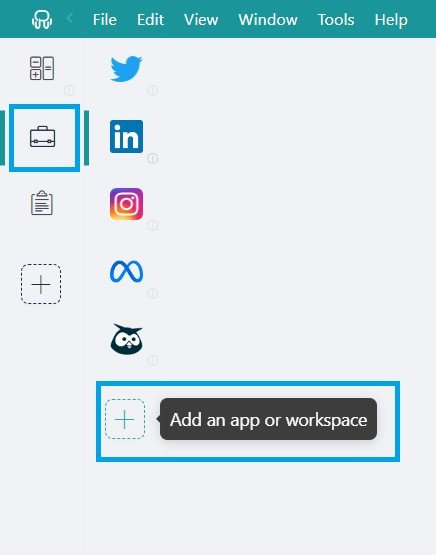
- Type the name of the app you want to add in the search panel at the top left. If the app you are looking for does not appear in the list, you can always add it as a “Custom App” utilizing its URL.

- Configure the application settings to your liking. Remember that you can choose which profile you want to use in the app (inherit from the workspace, primary, private, incognito, or a custom profile).

- That’s it! The app has been added to your Rambox’s workspace!
Now that you know which collaboration tool is right for your team and how Rambox can be your best friend when working with these project management apps, our last tip is to try Rambox for free. All you have to do is download the program, configure it to your liking, and enjoy its functionalities. No cards, no cheating, it’s that simple!

